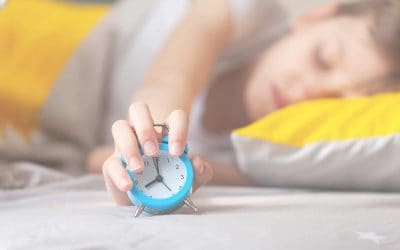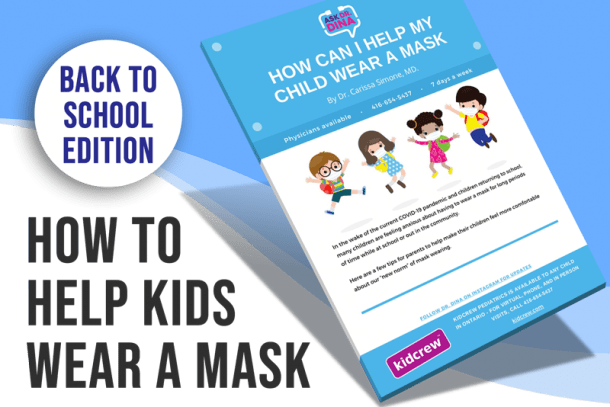Is Your Baby Crying In Sleep? Reasons Why Your Baby Moves Or Cries When Sleeping
I’m sure you’ve noticed your little one making noises or fussing in the night, only to discover that they are still fast asleep. Is your baby crying in sleep? Sometimes they may be moving their arms and legs or smiling. Why does this happen?
When we are in non-REM sleep, we dream very little and our bodies lie still. When we are in REM sleep, our heart rate and breathing becomes irregular and our brain function increases. This is where we do most of our dreaming.
To better understand why these babies are moving while they sleep, let’s first talk about the different stages of sleep. Sleep is divided into 2 distinct states: REM (rapid-eye-movement) sleep, and non-REM sleep. After the first several months of life, non-REM sleep is further divided into 4 stages. When we are in non-REM sleep, we dream very little and our bodies lie still. When we are in REM sleep, our heart rate and breathing becomes irregular and our brain function increases. This is where we do most of our dreaming. Although our brain function increases, our bodies becomes very relaxed and the nerve signals that usually pass down through the spinal cord and out to the muscles are blocked. This reduces the likelihood of us acting out our dreams. Throughout the night, we cycle through non-REM and REM sleep, occasionally waking up in between. An adult sleep cycle lasts about 90 minutes and we spend about 20% of our total sleep in REM sleep.
The inhibitory system fully develops around the same time baby learns to crawl or walk, so baby stays safely in place while sleeping.
Babies cycle through 2 distinct sleep states also: active sleep and quiet sleep. A baby’s sleep cycle usually lasts around 50 minutes, and they spend about 50% of their sleep in active sleep. When they are in active sleep, the nerve signals are not fully blocked because the inhibitory system hasn’t fully developed yet. This means that more impulses get through to the muscles, often resulting in baby twitching, moving their limbs, smiling or making sounds. The inhibitory system fully develops around the same time baby learns to crawl or walk, so baby stays safely in place while sleeping.
While it might seem strange or even alarming when your baby is moving in their sleep, there is a good reason for it. If you suspect that your baby’s movements are out of the ordinary, it’s always a good idea to check with your pediatrician.
Quick Tips:
- REM and non-REM sleep looks very different
- Babies also have active and quiet sleep
- Always check with your doc if you have sleep concerns
Is your baby not sleeping?
When do babies sleep through the night?

Jenn Kelner is a mother of three children, including twins, and a Certified Pediatric Sleep Consultant at BabyZzz. Just as every family is unique, Jenn supports many different sleep methods and works directly with families to design a solution that will help them become well-rested, happy families.












